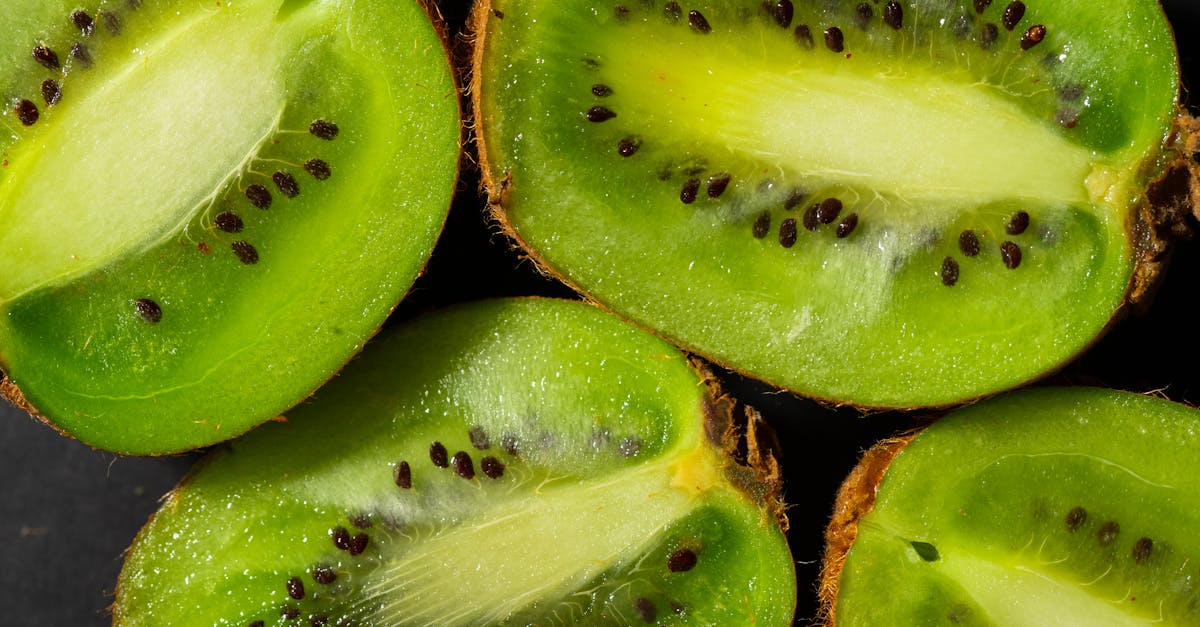
How are kiwis grown?
For commercial harvesting, the vines are cut while still young while they are still dormant (or sleeping in winter). This happens in late October to early November in New Zealand. Once the vines are cut, the remaining plants slowly die back to the ground, which helps the developing fruit of the vine to ripen.
This process is known as “culling”. There are three main varieties of kiwifruit the green and gold, the green and white, and the purple. These varieties are genetically distinct and were developed independently. They are grown in different regions of New Zealand.
The green and gold kiwifruit is produced in the North Island’s northern rivers and valleys, the green and white in the South Island’s South Island’s inland valleys. The purple variety is produced in the North Island’s coastal areas Kiwifruit vines are cultivated in greenhouses in New Zealand, except for the purple variety which is grown in polycultures.
The soil is usually kept moist all year round. During the winter, the plants are covered with nets to prevent them from freezing.
How are kiwi grown in water?
Kiwis are grown in a controlled environment under irrigation in south-facing bogs. The natural sunlight allows for the plants to grow and develop properly. Growing in the water also allows the plants to keep their roots cool and moist. Growing in water is a way of producing this delicious fruit without the use of pesticides.
This method is called hydroponics, and it involves growing plants in a solution. The plants are usually in trays placed in a tank of water. They receive all the nutrients they need from this solution, so they don’t need fertiliser.
These plants don’t need sunlight either because the nutrients are in the water solution. The roots of a hydroponic kiwifruit grow down into the water, so the plant roots are completely submerged. This way, the plant gets all the nutrients it needs from the solution.
The plant doesn’t have to grow through soil so the roots develop stronger and faster. This method also allows the plant to absorb the nutrients more efficiently, which makes the kiwis more nutritious.
How are kiwis grown in soil?
As with other fruits, kiwis are usually grown in soil, which provides them with plenty of nutrients. However, they don’t require as much from the soil as some other fruits, as they have a high content of nutrients in their own. So, to grow them, the soil needs to contain enough nutrients to meet these requirements.
If you don’t add any fertilisers, you won’t get good results. The soil in which the kiwis are grown is very important to their nutritional value. The soil plays a crucial role in providing nutrients to the plants and fruits. It also helps in controlling the growth of fungus and disease.
The soil in which the kiwis are grown should have sufficient nutrients to meet the specific needs of the crop. It should also be deep enough to keep the roots of the plant healthy. There are various ways of growing the kiwis in the soil, and each method has some pros and cons.
The soil in which the kiwis are grown can be deep or shallow, depending on whether they are grown in the ground or in a container.
How are kiwis grown without water?
Kiwis are grown in greenhouses that use natural sunlight and no irrigation. The plants are grown on wires in rows with plants closer together on the sunny sides of the greenhouse and further back on the shadier sides, and the plants are grown at different stages of maturity. Kiwis are grown in long, narrow glasshouses.
There is no need for irrigation as they do not grow in the ground. Instead of roots, they have long, hair-like roots which grow along the length of the vine. They also have an underground tuber that stores food for the plant to use during droughts. Kiwis are grown under special conditions.
The plants are grown on wires in rows in a greenhouse. The plants closer to the sunlight are the ones that grow faster, and the ones on the shadier sides grow more slowly. To make up for this slower growth, the plants on the shadier sides are grown closer together.
This allows each plant to have more sunlight, yet the vines don’t grow too long.
How to grow kiwi in water?
Growing in water is an easy way to grow almost any fruit or vegetable. That’s because you don’t need soil or much of it. The plants can live in a small container or even just use a planting hole. Kiwis grow best in water, with at least half of them planted in the ground and half in a large container with a layer of gravel or sand at the bottom.
The more sunlight they get, the more fruit they will produce. The most sun exposure they need is around six hours a day. Planting them in a sunny spot with sufficient drainage will help them get enough water.
You can grow the fruits in water in a large container or, depending on how large they will grow, in a small pot. Put about half of your container in sand and put the other half in water. If you want to grow red fruits, add red gravel or pebbles to the water. You may also add nutrients to your water, such as fish fertilizer or compost tea.
Make sure the water has good drainage.






